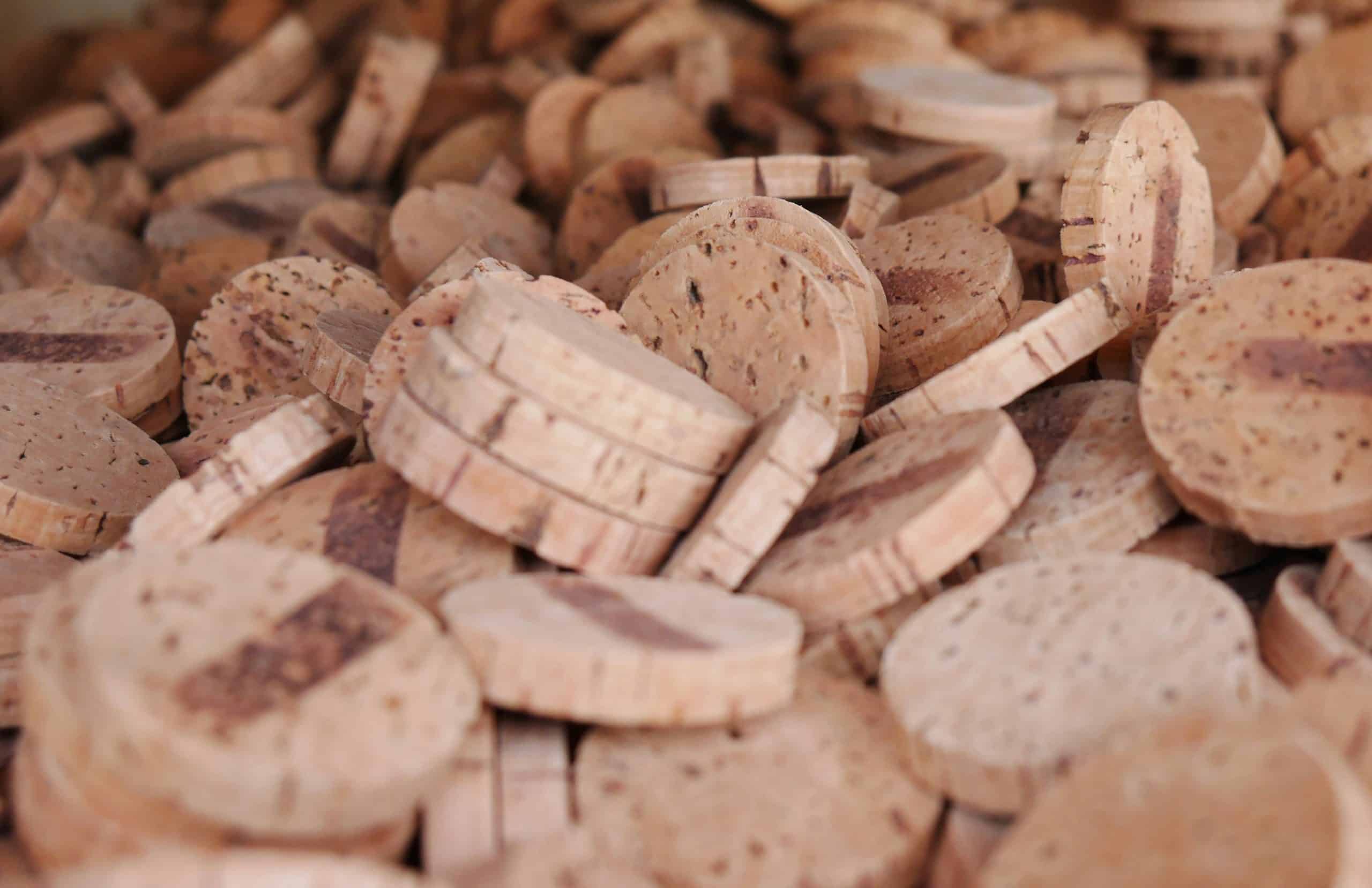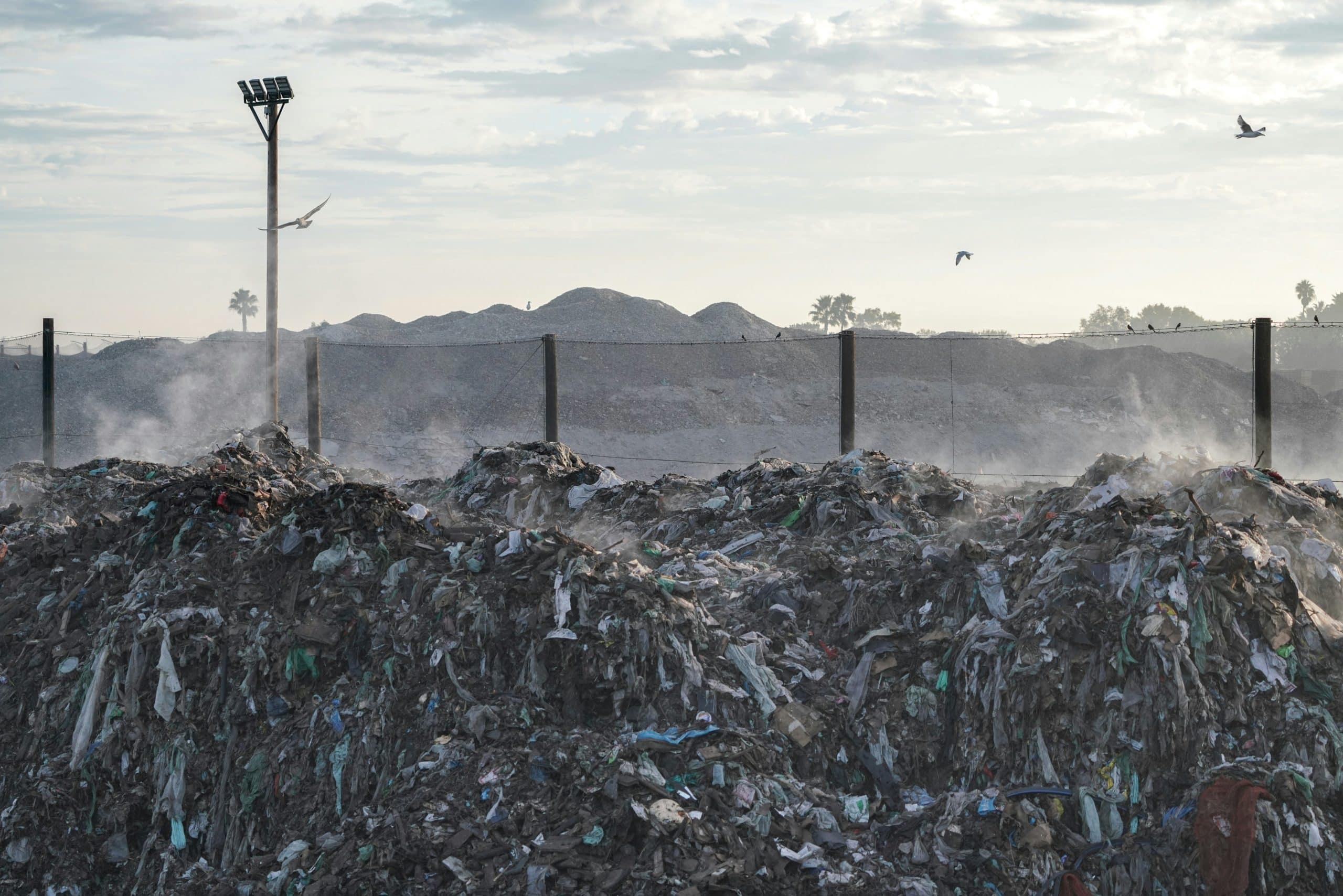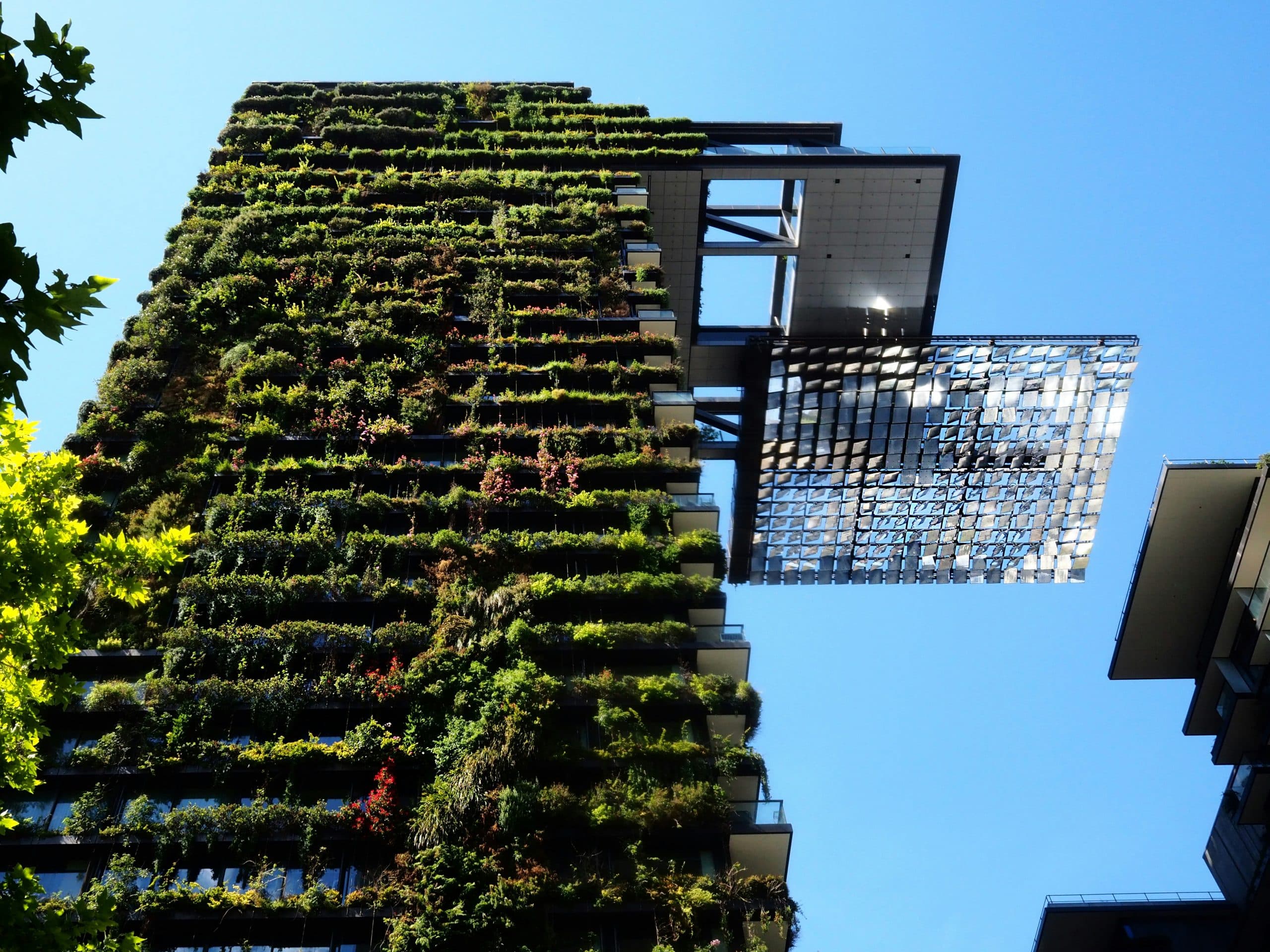The construction industry is experiencing a transformative shift towards sustainability as climate change and environmental degradation prompt a reevaluation of traditional practices. With buildings accounting for nearly 40% of global greenhouse carbon emissions, sustainable building materials are no longer optional—they’re essential. Innovative materials are leading the charge, reducing environmental impact while improving efficiency, durability, and performance.
This article explores five sustainable building materials that are reshaping the future of construction, offering actionable insights and examples to highlight their potential.
Key Takeaways
- Cross-Laminated Timber (CLT): Renewable and carbon-sequestering alternative to concrete and steel.
- Recycled Steel: Durable and infinitely recyclable material reducing waste.
- Hempcrete: Lightweight, insulating, and carbon-negative.
- Rammed Earth: Ancient yet modern, providing thermal mass and low emissions.
- Recycled Plastic: Innovative uses for plastic waste in construction.
Each of these materials is a step toward a greener future, combining sustainability with functionality.
Why Sustainable Building Materials Matter
Sustainable building materials are critical to reducing the construction sector’s carbon footprint. They emphasize durability, energy efficiency, and reduced waste while supporting healthier ecosystems. Conventional materials like cement and steel are energy-intensive and contribute significantly to greenhouse gas emissions.
Benefits of Sustainable Materials
- Environmental Impact: Lower emissions and reduced depletion of natural resources.
- Cost Efficiency: Savings through energy efficiency and reduced waste.
- Health Benefits: Improved indoor air quality with fewer toxins.
- Regulatory Compliance: Aligning with green building certifications like LEED or BREEAM.
By incorporating these materials, architects and developers can align with global sustainability goals while delivering high-quality construction.
-
Cross-Laminated Timber (CLT): A Renewable Game-Changer
Cross-laminated timber (CLT) is revolutionizing the construction industry as a sustainable alternative to steel and concrete. This engineered wood product is made by layering boards at right angles and bonding them with adhesive, creating a material that is strong, lightweight, and versatile.
Advantages of CLT
- Carbon Sequestration: Wood absorbs CO2 during growth, offsetting emissions.
- Renewable Resource: Forests can be sustainably managed to ensure supply.
- Ease of Construction: Pre-fabricated panels speed up building timelines.
-
Recycled Steel: Infinite Recyclability for Stronger Structures
Steel is indispensable in construction due to its strength and durability, but its production is energy-intensive. Recycled steel offers a sustainable solution, using scrap metal to create high-quality building materials.
Why Choose Recycled Steel?
- Energy Savings: Producing recycled steel uses 74% less energy than virgin steel.
- Waste Reduction: Diverts millions of tons of scrap metal from landfills annually.
- Durability: Resistant to pests, fire, and extreme weather conditions.
-
Hempcrete: The Carbon-Negative Marvel
Hempcrete, a biocomposite material made from the woody core of the hemp plant, lime, and water, is gaining popularity for its eco-friendly properties. Unlike concrete, it is lightweight and has a negative carbon footprint due to hemp’s ability to absorb CO2 during growth.
Features of Hempcrete
- Insulation: Excellent thermal and acoustic properties.
- Non-Toxic: Free of harmful chemicals, promoting better indoor air quality.
- Moisture Regulation: Prevents mold and mildew.
Challenges and Opportunities
While not as structurally robust as concrete, hempcrete is ideal for insulation or non-load-bearing walls. Increased legalization of hemp cultivation has sparked interest in its broader application.
-
Rammed Earth: An Ancient Solution for Modern Needs
Rammed earth construction, an age-old technique, involves compacting a mixture of soil, sand, gravel, and a stabilizer to form durable walls. Its resurgence is due to its eco-friendly nature and striking aesthetic.
Benefits of Rammed Earth
- Thermal Mass: Keeps interiors cool in summer and warm in winter.
- Local Resources: Reduces transportation emissions by using site-specific materials.
- Longevity: Structures last for centuries with minimal maintenance.
Example: Contemporary Applications
Modern architects incorporate rammed earth into luxury homes, blending sustainability with style. Projects in Australia and the American Southwest showcase its appeal.
-
Recycled Plastic: From Waste to Worth
Plastic waste is a significant environmental problem, with 300 million tons produced annually. Recycled plastic offers a dual solution by reducing waste and providing versatile building materials for construction.
Applications of Recycled Plastic
- Plastic Bricks: Stronger and lighter than traditional bricks, ideal for low-cost housing.
- Roof Tiles: Weather-resistant and long-lasting.
- Composite Lumber: Used in decking, fencing, and outdoor furniture.
Real-World Impact
Startups like Conceptos Plásticos in Colombia are converting plastic waste into affordable housing, providing a sustainable solution to urban housing shortages.
Integrating Sustainable Materials into Construction Projects
Adopting these materials requires strategic planning and collaboration across stakeholders. Builders and developers can:
- Research Material Sources: Ensure suppliers adhere to sustainability standards.
- Incorporate Certifications: Use materials certified by organizations like FSC or Cradle to Cradle.
- Educate Teams: Train workers on sustainable practices to maximize efficiency.
For custom projects, these materials can create energy-efficient homes that meet modern sustainability standards.
Conclusion
Sustainable building materials such as CLT, recycled steel, hempcrete, rammed earth, and recycled plastic are pivotal in creating eco-friendly, durable, and cost-effective structures. As the construction industry evolves, embracing these materials can mitigate environmental impact, improve energy efficiency, and foster a greener future. By prioritizing sustainability today, we can build a world that meets the needs of both present and future generations.
If you are looking for a custom home builder in Vancouver who would incorporate sustainable materials, our team at Doma Development can help! And if you would like to learn more about sustainable architecture, read our previous blog post about How Architects are Blending Traditional and Modern Design for Eco-Friendly Buildings




